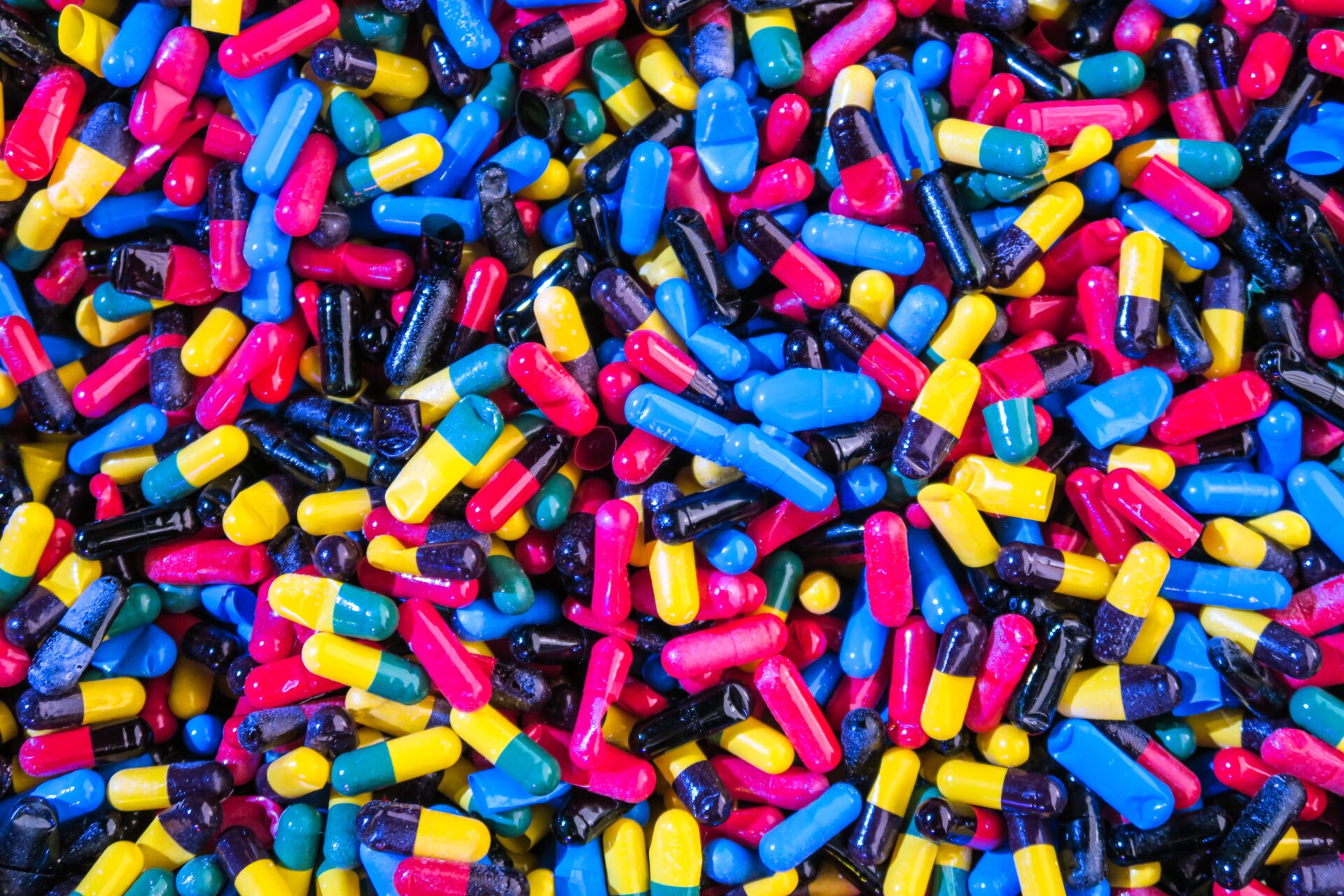This classification of excipients is based on their function in formulations, regardless of chemical type.
- Powder Diluents
- Solvents and Liquid Vehicles
- Thickeners and Binders
- Fats and Waxes
- Surface Active Agents
- Colors
- Flavors
- Preservatives
Powder Diluents
These are required for solid formulations administered either by mouth or externally. The ideal diluent is a colorless, odorless, and tasteless powder, inert both chemically and pharmacologically. Certain physical properties are undesirable; extremes of density, for example, will lead to fractionation of the added drug either on storage or during passage through filling machines. Any tendency to adsorption may make it unsuitable for admixture with small quantities of potent drugs; the U.S.P. X V I specifically warns (p. 4) against the use of Bentonite in this way. Other properties such as solubility and heat-stabilization may be important requirements for certain types of formulation.
- Lactose
- Dextrose Monohydrate
- Sucrose
- Light Kaolin
- Purified Talc
Solvents and Liquid Vehicles
These may be required for solutions or suspensions for oral administration, injection, application to the skin or introduction into body cavities. Their selection must therefore be based on a knowledge of
(a) the route of administration,
(b) the properties of the drug, or mixture of drugs, to be formulated,
(c) any desired ancillary effect, particularly the control of release of active agent.
The dominating factor is usually (a) because the excipient must be acceptable biologically; thus, there is a much narrower choice for injection than for other routes. Apart from limitations of toxicity, oral preparations are governed to a certain extent by taste and smell; external preparations are limited chiefly by any skin or tissue irritant action and by incidental properties such as staining (if colored).
Factor (b) is mainly a question of chemical compatibility. Desirably, all solvents should be, like diluents, chemically inert, but the ideal of universal compatibility cannot be achieved in every case, particularly if the processing of the formulated liquid involves heat (e.g. sterilization in an autoclave). Water is the commonest example of a “reactive” solvent several drugs have a shelf-life of less than a week in aqueous solution and if water is, for other reasons, the only acceptable solvent, it may be necessary to insist that the formulation be made extemporaneously. This currently applies to several pharmacopoeial injections (Penicillin, Suramin, Thiopentone, etc.) and also some oral preparations of penicillin. In addition to chemical compatibility, solubility is an important consideration. Preferably, the drug should be either highly soluble or highly insoluble; intermediate solubilities are liable to cause trouble. If, for example, the final product is a solution, then there should be sufficient latitude to allow storage at 0°C without risk of crystallization. Similarly, if it is to be made extemporaneously, the drug should dissolve very rapidly, otherwise it will not be convenient for the clinician. Conversely, if the final product is a suspension, even slight solubility is a drawback because the temperature fluctuations of normal storage will induce crystal growth. This can be shown in an exaggerated way by the storage behavior of a finely divided suspension of sulphanilamide.
Factor (c) applies chiefly to injections and to topical applications. The release of a drug injected intramuscularly can be delayed by the use of a water-immiscible vehicle such as Arachis oil; preferably, the drug should be suspended rather than dissolved in order to delay the release further. For topical applications, the main consideration is whether there should be rapid absorption through the skin, as with liniments, or whether the effect is to be mainly superficial, as with lotions. For the former, vegetable oils, soap solutions or alcohol are preferred; the latter are usually aqueous
Group A: Water-miscible liquids
- Alcohol B.P.
- Acetone B.P.C.
- Isopropyl Alcohol B.P.C.
- Glycerine B.P.
- Propylene Glycol B.P.
- Liquid Macrogol B.P.C.
- Water
Group B: water-immiscible liquids
- Vegetable Oils
- Ethyl Oleate B.P.
- Isopropyl Myristate B.P.C.
- Liquid Paraffin B.P.
- Light Liquid Paraffin B.P.
- Solvent Ether B.P.
- Aromatic Hydrocarbons.

